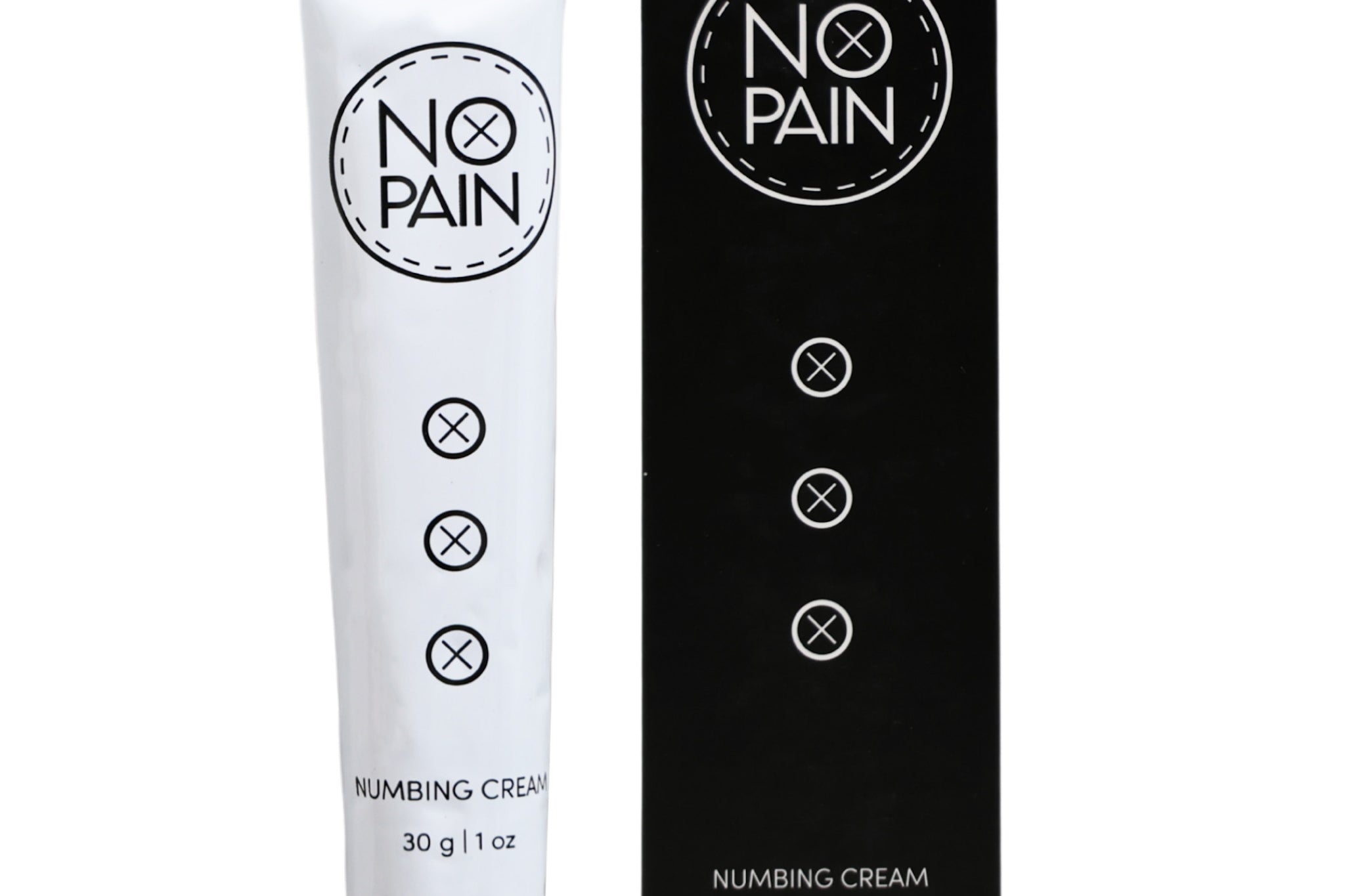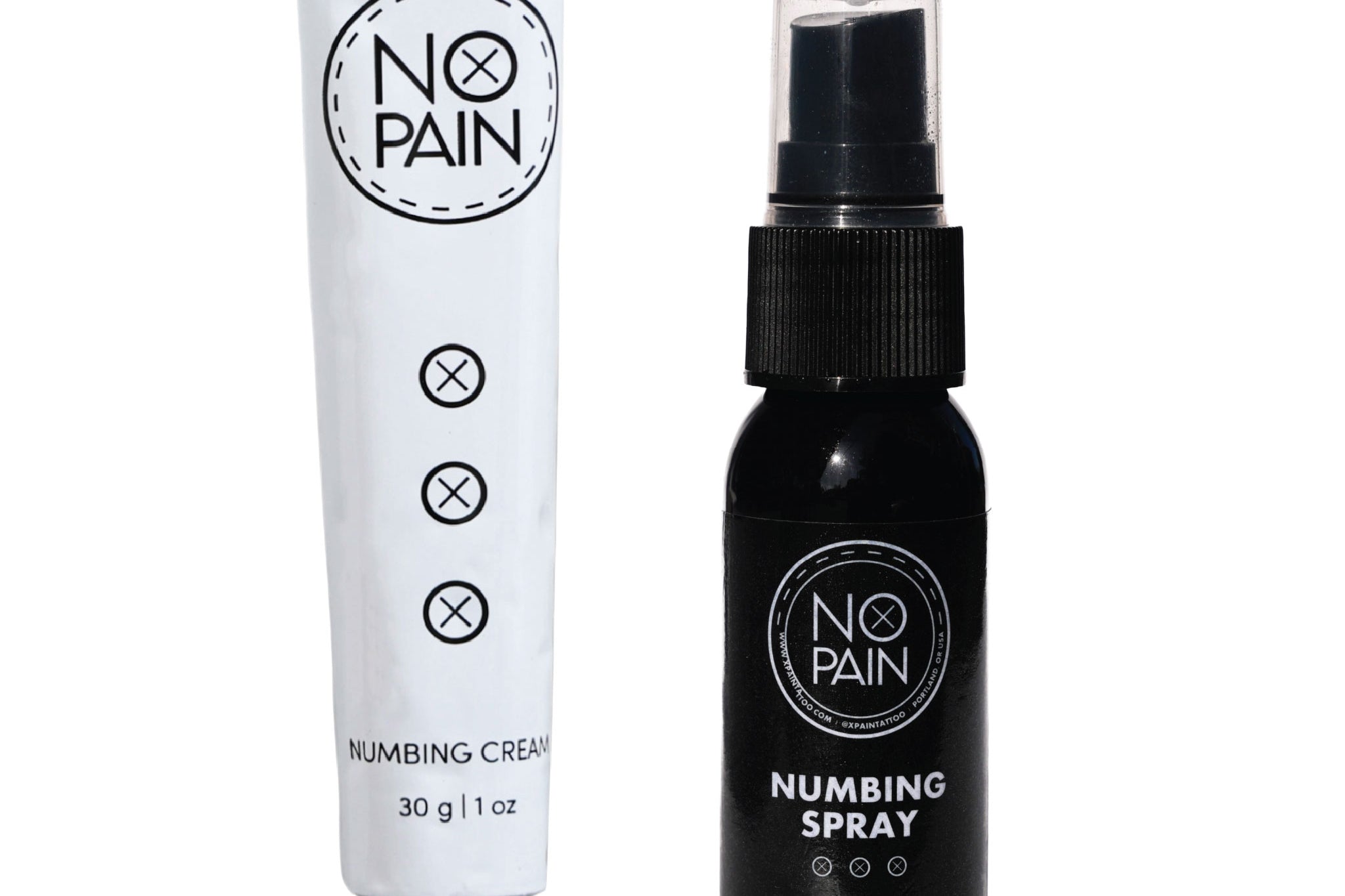Tattoo regret is a real thing. Maybe it’s a tribal band from the early 2000s or a solid black silhouette that just doesn’t represent you anymore. As you stare at it, a hopeful thought might cross your mind: "Could a talented artist just… paint over it with white ink? Can it be erased from my skin?"
It’s a question we hear all the time from people looking for a magic bullet to cover up an old, dark tattoo. Because it's asked so often, it's important to be direct with the answer:
No, you cannot effectively cover up a solid black tattoo with white ink.
While it sounds like a simple solution, tattoo ink doesn't work that way. This guide will break down exactly why this method fails, explain what white ink is good for, and explore the real, effective options you have for dealing with that unwanted black tattoo.
The "Watercolor, Not Paint" Rule: Why It Doesn't Work
The biggest misconception about cover-ups is thinking of tattoo ink like opaque paint on a canvas. In reality, you should think of it more like watercolor being absorbed by paper.
Tattoo ink isn't layered on top of your skin; it’s deposited into the dermis, the second layer of skin. When an artist attempts to put white ink over existing black ink, both pigments end up co-existing in the same layer of skin. They mix and settle together.
And in a fight between black and white ink, black always wins.
At best, the white ink might temporarily lighten the black to a muddy, inconsistent grey. More likely, the white ink will barely show up at all and will fade very quickly, leaving the original black tattoo just as visible as before.
So, What is White Ink Actually Used For?
While most Traditional style artists don't use white ink at all, white ink is a crucial tool in a portrait/realism tattoo artist's kit, but its strength lies in contrast, not coverage. Its primary uses are:
-
Creating Bright Highlights: Its most important job is to add sharp, bright highlights to a new tattoo on clean, un-inked skin. This creates depth, dimension, and makes colors pop.
-
Mixing Lighter Shades: Artists mix white with other colors to create a full palette of lighter, pastel tones.
-
Subtle, Standalone Tattoos: All-white tattoos can create a delicate, subtle effect, though they are known for being prone to fading or taking on a yellowish tint over time.
In all these cases, white ink is effective because it’s interacting with your natural skin tone, not trying to fight against a dominant black pigment.
Real Solutions for Your Unwanted Black Tattoo
So, if white ink isn't the answer, are you stuck? Absolutely not. You have several highly effective, modern options.
1. Laser Tattoo Removal (The Best Option for a True Removal)
This is the most effective way to deal with unwanted black ink. A specialized laser sends pulses of light into the skin that shatter the black ink particles. Your body's immune system then gradually flushes these tiny particles away. Black ink is the easiest color for lasers to target.
-
For a new tattoo: A number of sessions can lighten the old tattoo enough that a talented artist can then do a traditional, vibrant color cover-up over it.
-
For complete removal: More sessions can often remove the tattoo completely.
- It is incredibly painful: It's hurts much worse than getting a new tattoo. Luckily for you No Pain Tattoo Numbing Cream works just as well for Laser Removal as it does for getting tattooed in the first place.
2. A "Blast-Over" Tattoo
This is an artistic choice where you don't try to hide the old tattoo at all. Instead, an artist designs a new tattoo that is placed directly over the old one. The old black tattoo remains visible in the negative spaces of the new design, creating a layered, textured, and complex look. It's a bold aesthetic that can be incredibly striking when done well.
3. Creative Blackout / Blackwork
Instead of fighting the black, this option embraces it. You can work with a skilled artist to transform your old tattoo into a larger, intentional piece of solid blackwork, often featuring geometric patterns or flowing shapes.
Aftercare for Your Next Chapter
Whether you choose to lighten your tattoo with a laser and get a new cover-up, or you opt for a creative blast-over, you are starting a new tattoo journey. Protecting this new art—the art you really want—is paramount.
A proper healing routine using high-quality products ensures that your new tattoo heals brilliantly. Our No Pain Tattoo Aftercare Bundle is designed for exactly this. Using the No Pain Tattoo Cleansing Foam, No Pain Tattoo Soothing Gel, and No Pain Tattoo Aftercare Balm will give your new chapter the best possible start.
While you can't simply paint over the past with white ink, you have incredible options for transforming it into a future you're excited to wear on your skin.




